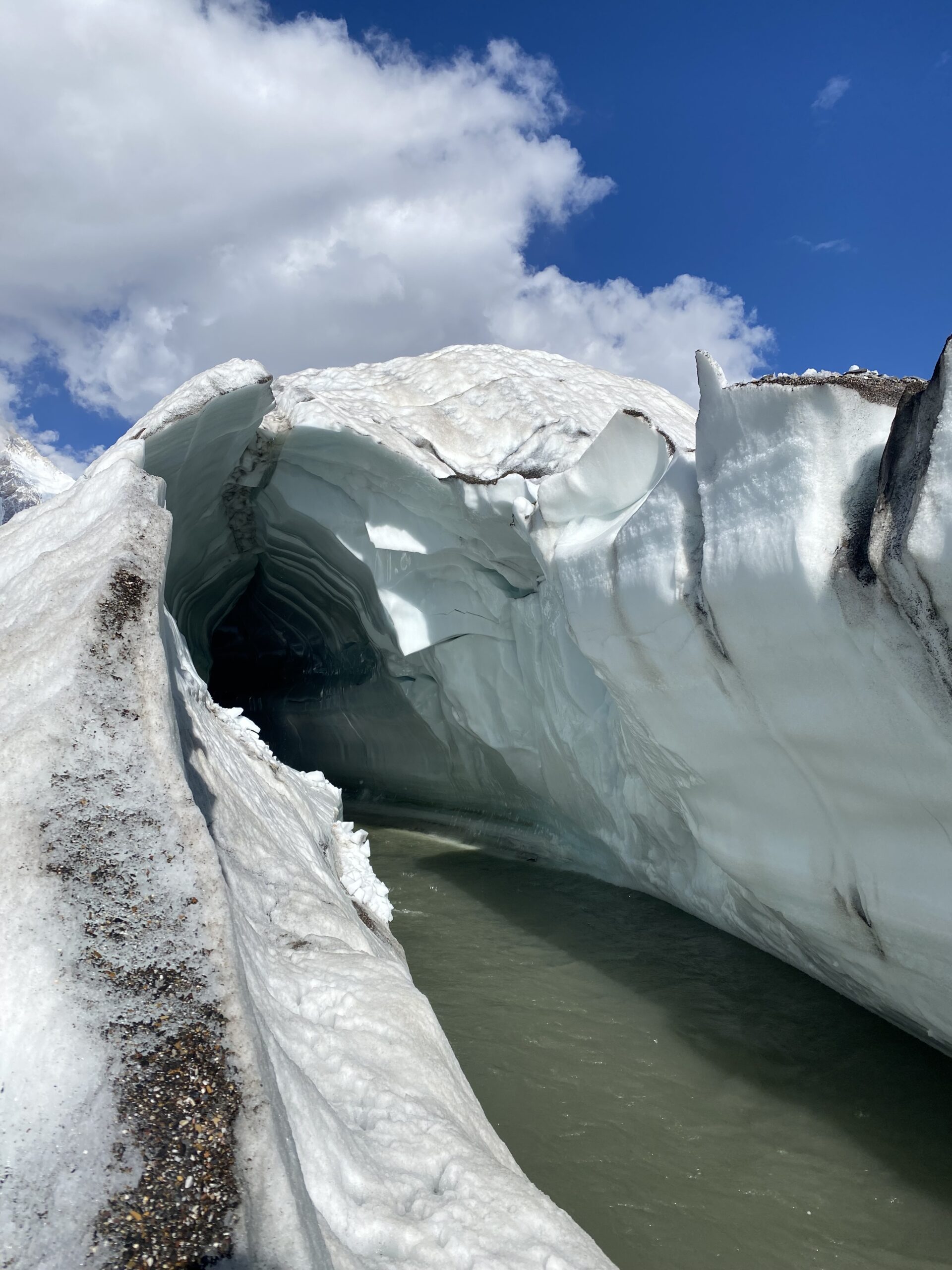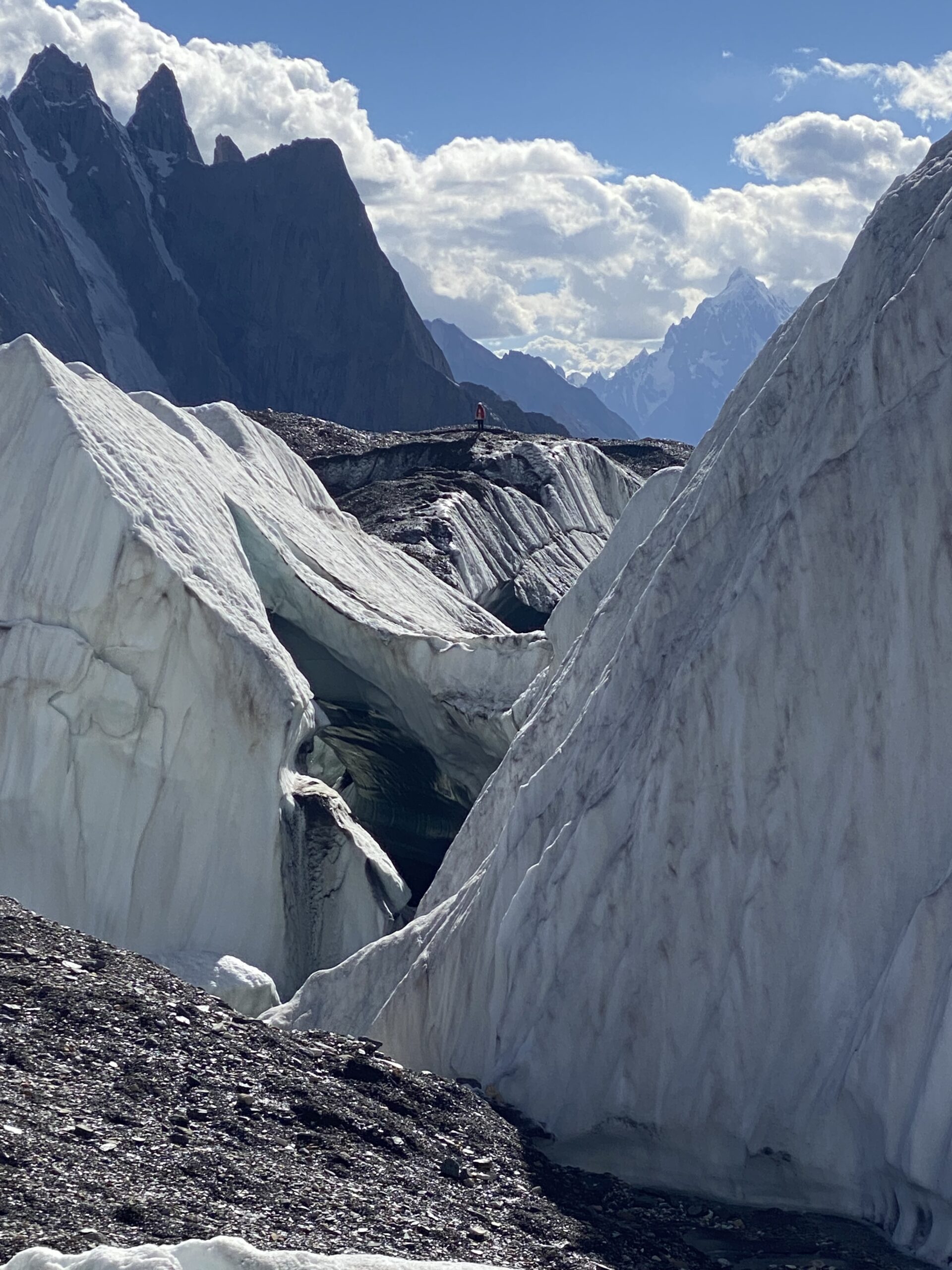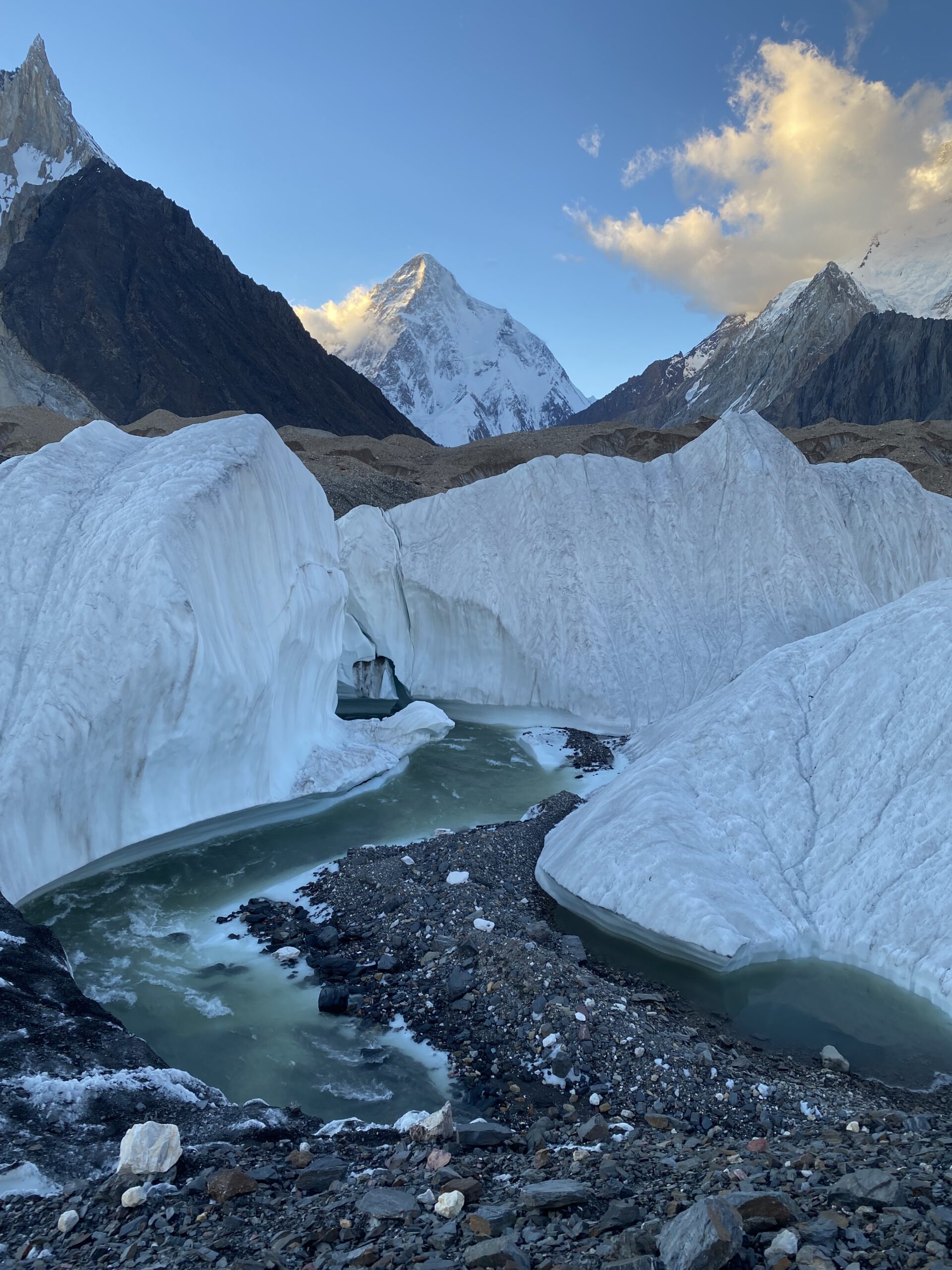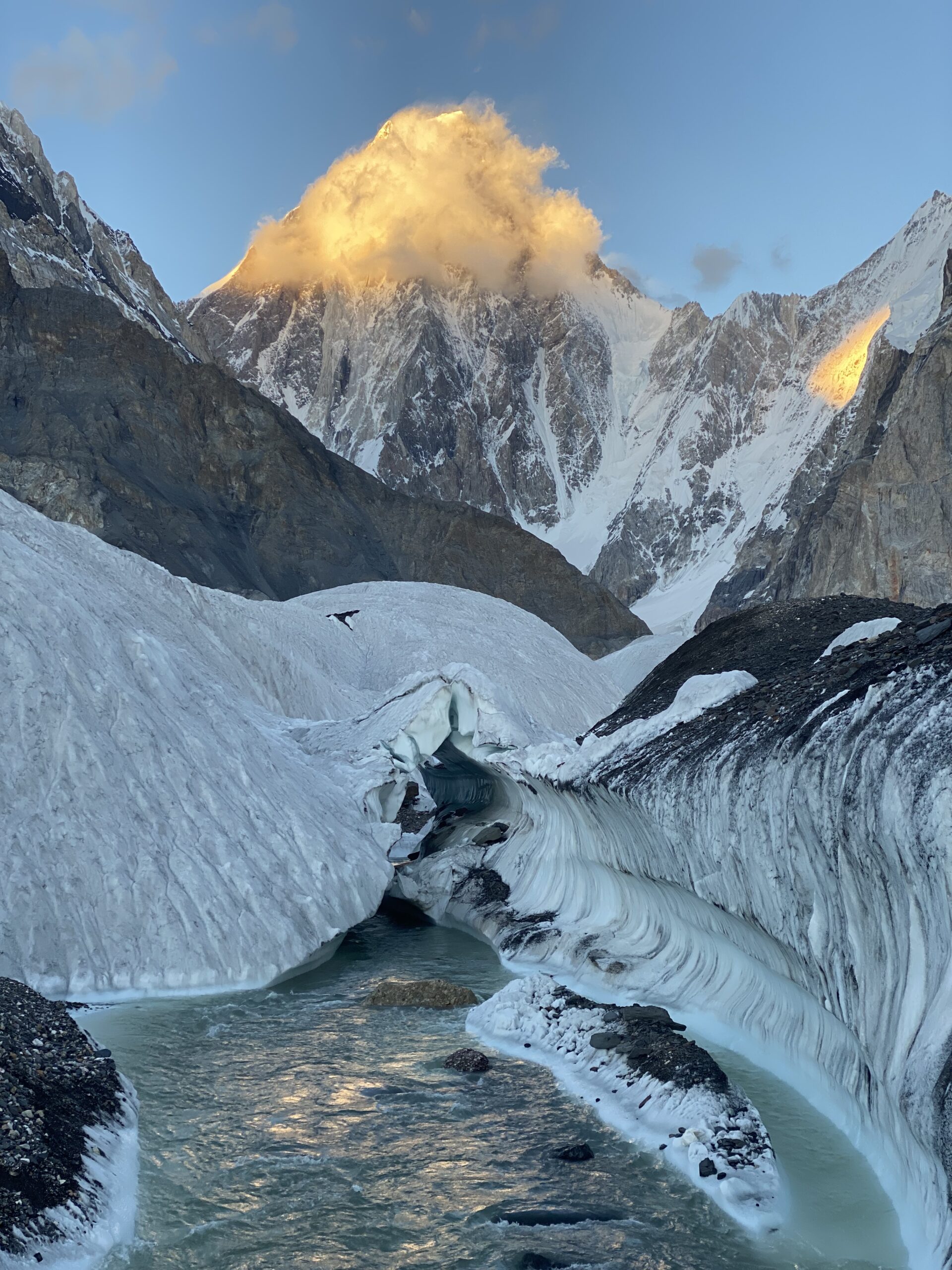Snow Leopard Photography
Expedition
Venture into the breathtaking wilderness of Baltistan on a rare and immersive 15-day Snow Leopard Photography Expedition, organized by Ridakh Adventures—a team passionate about promoting sustainable travel and wildlife conservation in the mountains of Pakistan. This expedition is designed for wildlife enthusiasts, conservation photographers, and explorers eager to witness the elusive “ghost of the mountains.”
Overview
Set against the dramatic backdrops of Khaplu, Basho Valley, Hushe, and their surrounding
sub-valleys, this experience offers a unique blend of high-altitude adventure, wildlife
tracking, and cultural immersion. Operating during the prime snow leopard activity
season—mid-winter to early spring (January–April)—you'll journey through elevations
ranging from 2,600 to 4,500 meters, deep into snow leopard territory.
Guided by seasoned local trackers and supported by experts from conservation
organizations like BWCDO, you’ll engage in ethical wildlife photography, install camera
traps, and capture unforgettable images of snow leopards, ibex herds, alpine foxes, and
majestic mountain landscapes. Along the way, you'll connect with local communities who
protect this fragile ecosystem and learn their stories of coexistence with the wild.
With Ridakh Adventures handling the services, all you need to bring is your passion, your lens, and your adventurous spirit. This is more than just a photography trip—it's a journey
of purpose, perspective, and preservation in the spectacular Karakoram.
Highlights
- Base Areas: Khaplu, Basho Valley, Hushe, and surrounding sub-valleys
- Focus: Snow leopard tracking & photography, wildlife documentation, landscape &
cultural photography - Elevation Range: 2,600 – 4,500 meters
- Best Time: Mid-winter to early spring (January–April)
Day 1 – Islamabad Arrival
- Arrive in Islamabad
- Gear check, meet team
- Overnight in guesthouse
Day 2 – Flight/Drive to Skardu
- Weather-permitting flight to Skardu or two-day drive via Karakoram Highway
- Rest in Skardu
- Coordinate with local w
Day 3 – Drive to Khaplu
- Drive to Khaplu (approx. 3–4 hours)
- Visit wildlife office, meet local guides
- Briefing on snow leopard presence and tracking zones
- Overnight in local guesthouse or homestay
Day 4 – Scout Khaplu Surroundings (e.g., Thalay, Machulu)
- Begin tracking with local guides
- Set up 1–2 camera traps on known trails
- Scout valley ridges and cliffs
- Overnight in Khaplu
Day 5 – Move to Basho Valley Base Camp
- Drive to Basho Valley (3 hrs), then hike to base area
- Settle in camp or community rest house
- Brief orientation with community rangers
- Sunset landscape photography
Day 6–8 – Full Tracking & Photography in Basho
- Day 6–8 – Full Tracking & Photography in Basho
- Early hikes with guides to vantage points
- Long-lens photography of ibex, foxes, and if lucky, snow leopard
- Monitor camera traps and reposition based on fresh signs
- Evenings: review footage, journal findings
Day 9 – Wildlife and Night Photography
- Focus on ibex, eagles, ravens, and track
- Set up for possible star trails or mountain night shots
- Optional second hide/blind setup for better viewing angle
Day 10 – Move to Hushe Valley (optional extension)
- Drive/hike to Hushe Valley (another snow leopard zone)
- Set traps or camera stations in collaboration with community
- Photograph Hushe Glacier, landscapes, and herder life
- Overnight in Hushe village
Day 11–12 – Hushe Tracking Days
- High-altitude scouting above Hushe
- Portraits of local wildlife guardians or herders
- Capture snow leopard habitat context shots
Day 13 – Return to Khaplu
- Return from Basho/Hushe
- Collect traps, interview locals for stories
- Backup data, transfer footage
- Relaxed evening in Khaplu or Skardu
Day 14 – Skardu to Islamabad
- Flight back (weather dependent)
- Rest and recovery in Islamabad
- Begin curation of images
Day 15 – Departure / Image Review
- Final debrief, team wrap-up
- Depart Islamabad
Services
Services Included
- What's Included?
- Air tickets (domestic)
- Food
- Transport
- Accommodation
- Wildlife fee
- Local community fee
- Professional tour guide
Add-Ons & Tips:
Community Collaboration:
- Work with Baltistan Wildlife Conservation & Development Organization (BWCDO)
- Coordinate with local community watchers and rangers trained in snow leopard ecology,
Photography Tips:
- Carry 400mm–600mm lens + wide for landscapes
- Use lightweight camera traps with solar backup
- Fast memory cards + multiple backups
- Carry ND filters, weather protection, and insulated gear




